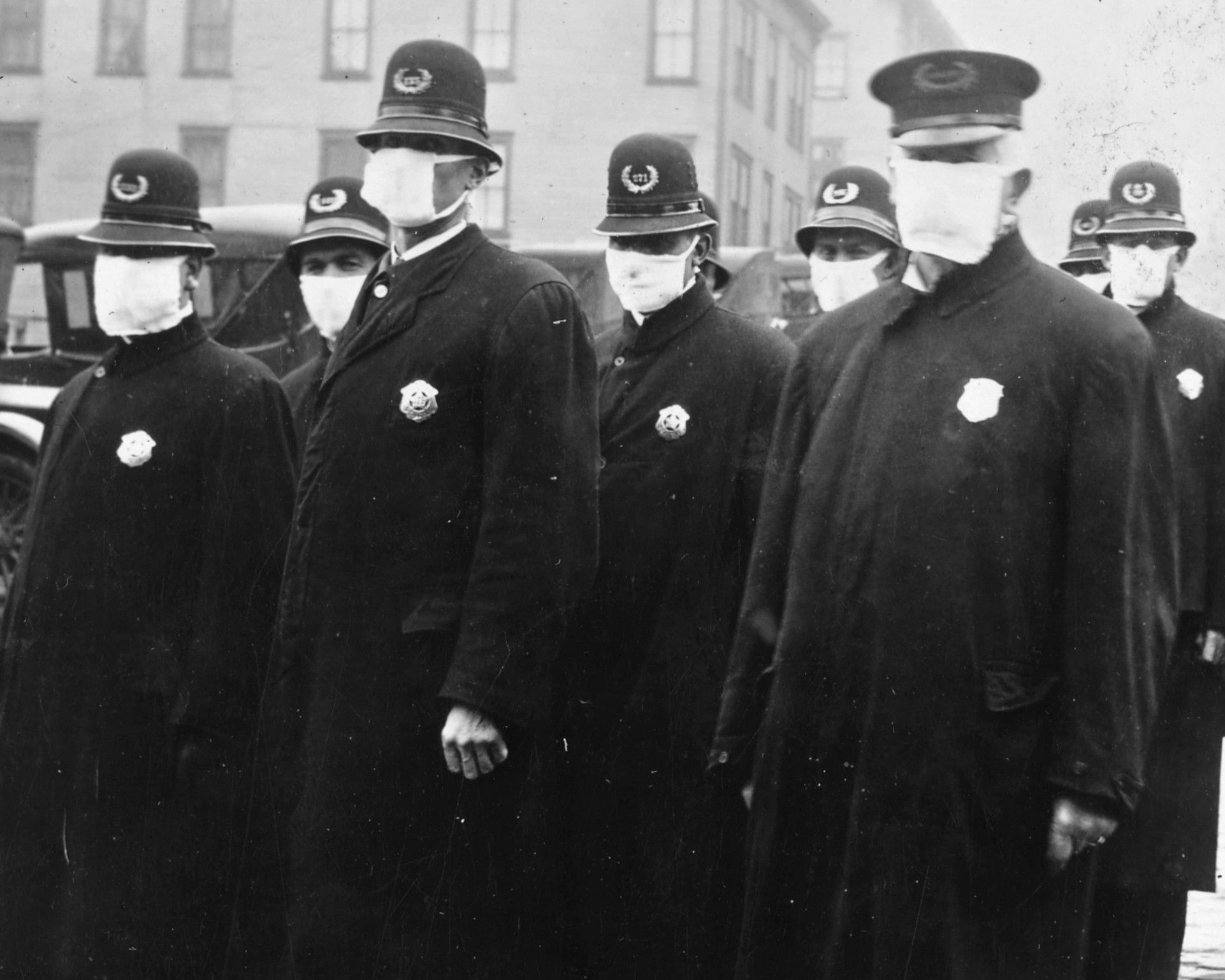During the Spanish Flu epidemic, which ravaged the world from 1918-1920, the economy was hit hard to the same magnitude and speed as it has been by the coronavirus.
However, after the dive, it quickly recovered and got back on track, conclude economists from the Southern University of Denmark (SDU) and the University of Copenhagen (KU) who have been researching data from the period related to income and unemployment in Denmark.
V-shape recession
The new study provides hope for today.
According to researchers Peter Sandholt Jensen (SDU), Christian Møller Dahl (SDU) and Casper Worm Hansen (KU), the pandemic at that time led to a V-shaped recession: the economy first massively declined, then unemployment increased, and then it quickly recovered.
Lots of variables
However, the two pandemics cannot be fully compared to one another, as Spanish flu affected the 15 to 44-year-old age bracket, and the death rate was highest among people aged 20-34.
So it is not yet clear whether the Coronavirus Crisis will be followed by a recovery of what economists call V, U or W-shaped recessions.
Thus, the researchers plan to investigate further, gathering data about the pandemics and the particular impact of the Spanish Flu.
Interest in using Remdesivir to treat the coronavirus growing
Despite it not yet being approved for coronavirus treatment, the drug Remdesivir seems to have positive results. At least ten applications to use the drug from doctors and hospital wards across the country have been received by the Danish Medicines Agency, according to DR. Demand is increasing as the Remdesivir testing results have mostly been positive, with patients making faster recoveries and having lower mortality rates: 8 percent compared to 11 percent among patients not given the drug. However, it is uncertain whether the Danish Medicines Agency can fulfil the demand, as it will depend on how much its manufacturer, the US pharmaceutical company Gilead Sciences, can produce.
More dolphins in Danish waters
The chances of seeing a dolphin in Danish waters have increased in the last five years. As well as white-beaked dolphins, so-called Danish dolphin, which are usually found in colder waters, there are increasing numbers of the common dolphin – traditionally a much rarer visitor to Denmark, expert Carl Kinze tells TV2. He attributes their presence to rising sea temperatures, not least for attracting some of the dophin’s favourite snacks, such as sardines and anchovies.
New study: People risk living in unbearable temperatures 50 years from now
Within just 50 years, one-third of the world’s population could be living unbearably high temperatures, according to a new international study involving Danish researchers from Aarhus University. Governments have been warned that if they do not take any action to fight global warming and reduce greenhouse gas emissions, then global temperature will rise by over 3 degrees. It will most acutely be felt in densely populated areas where urban heat already has quite an effect.
Swedish University building ‘word bridge’ over Øresund
On the occasion of the 20th anniversary of the opening of the Øresund Bridge, the Center for Öresund Studies at Lund University has created a project that it describes as ‘a word bridge over Øresund’. Focusing on language and language culture in Denmark and Sweden, the project will list certain words, concepts or speech that are meaningful in relation to Swedish or Danish. Other projects to celebrate the occasion will include the anthology ‘Checkpoint 2020 – people, borders and visions in the time of the Øresund Bridge’ and the conference ‘Øresund 2040 – Movements of the Future’, which will take place on October 23 in Copenhagen
Robots to weed out problems in organic dairy fields
One of the major problems that dairy farmers face is the growing number of weeds in fields where their cows primarily need to eat organic grass to produce organic milk. Well, there is good news from leading researchers in robotics at DTU. They are building an autonomous robot the size of a large lawnmower, which will be trained to find and eradicate weeds in organic fields. By using AI and analysing data from the cameras and sensors installed in the mobile robot, it will be able to identify weeds and, once found, destroy them with an apparatus that uses a laser to give the plant electric shock. The project is a collaboration between DTU Elektro and the Wageningen University & Research in the Netherlands, with support from the European Commission’s Horizon 2020 program and Arla Foods.















